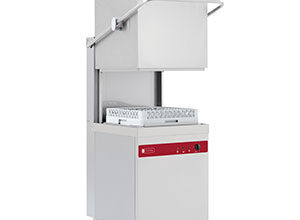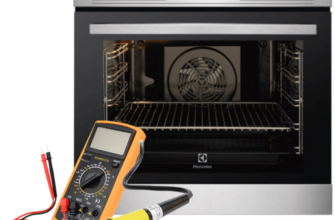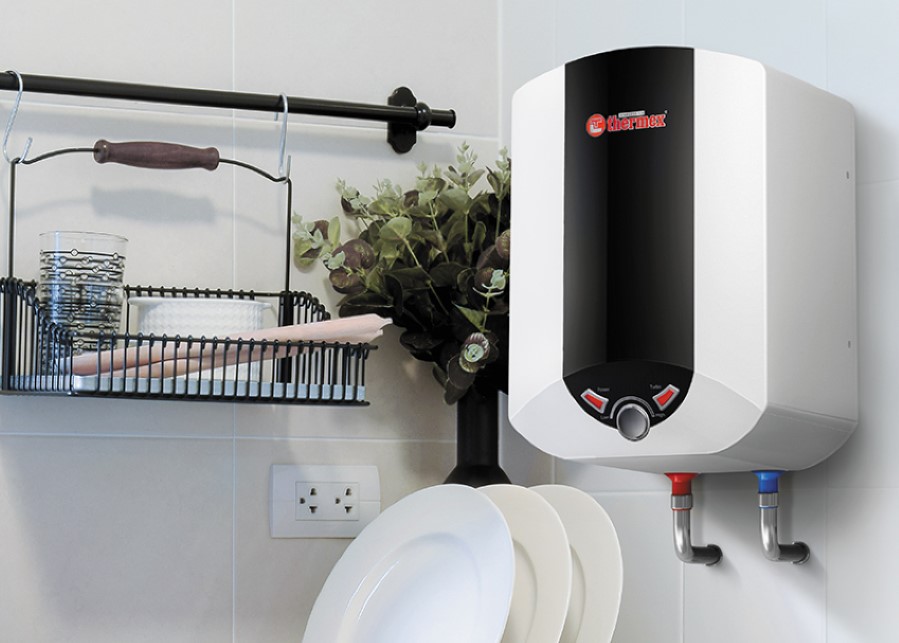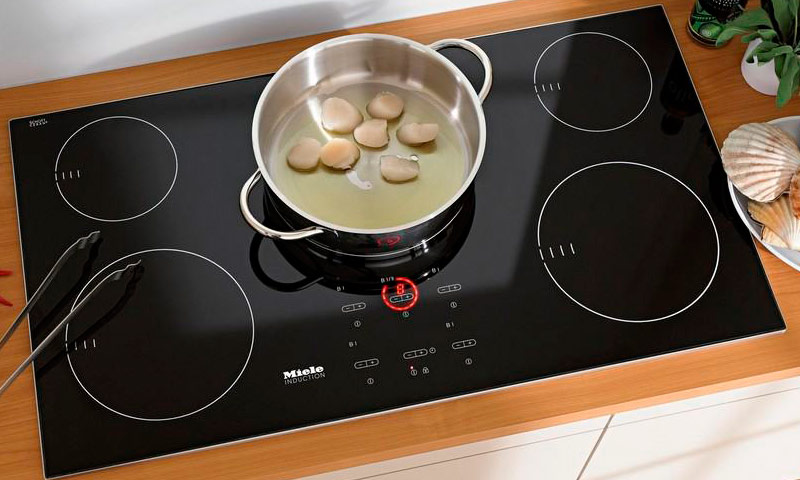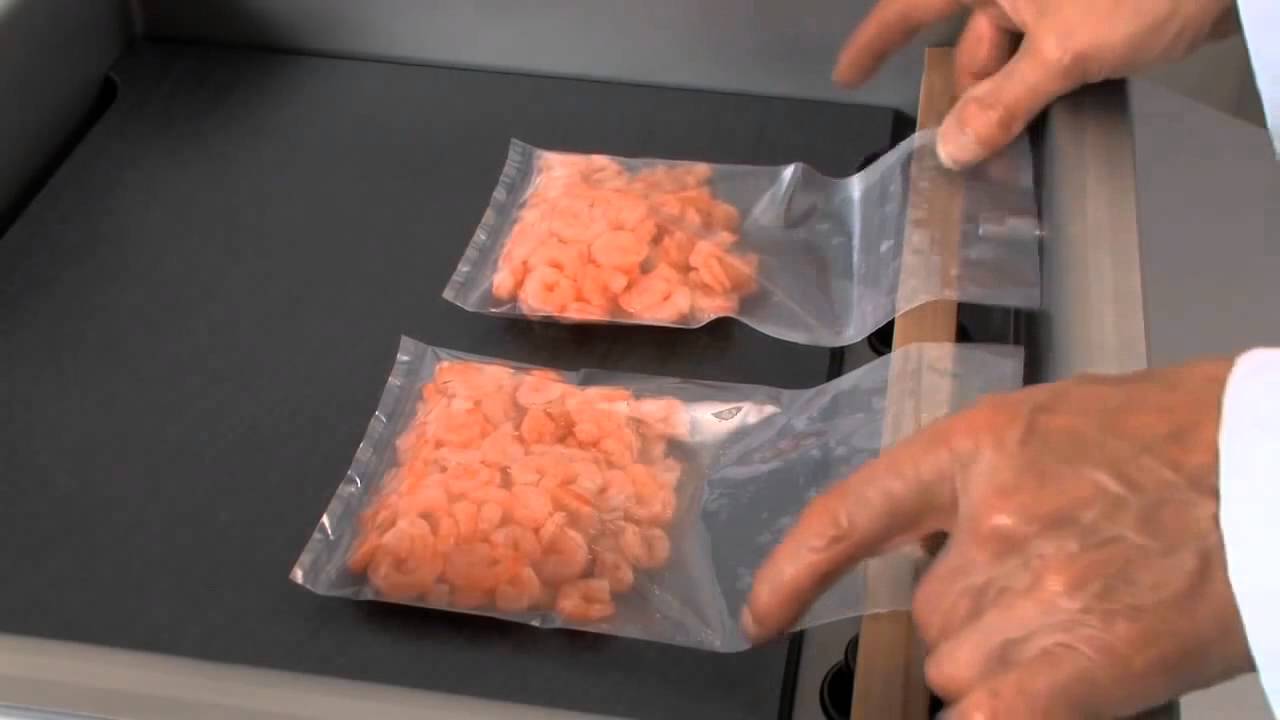Repair of washing machines
| PROBLEM washing machines |
PROBABLE CAUSE | REMEDY Repair of washing machines |
| the machine does not work when you turn | Do not close the hatch | Close the door |
| Open circuit | Repair the open | |
| breakage connection faulty cord or plug | Repair the open or replace the cord or plug | |
| Defective door lock or microswitch | Replace the hatch lock or microswitch | |
| the switch is faulty I1 | replace switch | |
| The handle of controller is set to “Stop” | Sequencer switch to the desired program | |
| Faulty pressure switch | Replace the pressure switch | |
| Not working drum drive motor | Broken in the connection lines | Repair the open |
| Faulty motor | replace motor | |
| faulty sequencer | replace sequencer | |
| Faulty capacitor C | Replace the capacitor C | |
| When the motor hums, but the drum does not rotate | Interruption in the motor connection lines | Repair the open |
| Drum drive motor operates without the reversal | Interruption of the connection circuit | Repair the open |
| faulty sequencer | replace sequencer | |
| The electric motor works, the drum does not rotate | Loose belt tension | Adjust the belt natazhenie, if necessary, replace the |
| broken pulley mount | Tighten elements pulley | |
| Drum drive motor operates without the reversal | Interruption of the connection circuit | Repair the open |
| faulty sequencer | replace sequencer | |
| Not maintained temperatruny wash cycle | Defective temperature sensor relays | Replace the sensor relays the temperature |
| blown heater | replace heater | |
| defective komadoapparat | replace sequencer | |
| Interruption of the connection circuit | Repair the open | |
| Water does not fill the tank | Valve clogged mesh | Clean the valve grid |
| defective solenoid Evfa | replace solenoid Evfa | |
| Faulty pressure switch | Replace the pressure switch | |
| Broken in the connection lines | Repair the open | |
| Interruption of the electric coil | Repair the open | |
| faulty sequencer | replace sequencer | |
| Water is poured into the tank above the permissible level | Faulty pressure switch | Replace the pressure switch |
| faulty valve | replace valve | |
| faulty sequencer | replace sequencer | |
| The water is not pumped (poorly pumped) from the tank | clogged pump | clean pump |
| Faulty pump motor | replace motor | |
| faulty sequencer | replace sequencer | |
| Sequencer stops at one of the pulses | faulty sequencer | replace sequencer |
| Open circuit | Repair the open | |
| Excessive noise and vibration during rotation of the drum | Is loose counterweights | Tighten the nuts balances |
| Wear shoes spring | Replace shoes spring | |
| Failure of the spider bearings | replace bearings | |
| Water leak | Leakproof parts or compounds | Replace corresponding part. Sealing compound |
| Do not open the hatch | Defective delay unit locked or its frameRepair of washing machines in Moscow 518 88 53 private master. |
Replace the hatch lock |
3.3. Methods of determining the most complex defects. Repair of washing machines with complex defects.
3.3.1. Before you start disassembling the entire machine or its individual components, necessary to determine the defect location. Feature of wiring is, that all supply chain components (dvigaetl, electric heater, solenoid, etc.) pass through the plug, cord, hatchway locking apparatus MR (or microswitch IP), pressure switch P and contacts of controller T. Similar features require the use of certain methods of search of faults in the wiring diagram of the machine. The study chain, in which a defect is supposed (It is defined according to a list of possible faults), razvryvaetsya removable by disconnecting the contacts of the connecting wires of controller contacts. Next, the integrity of the electrical circuits or special probe ohmmeter, both of controller, and harness with hardware products. Here is the procedure for determining the causes of malfunctions in the most typical cases.
3.3.2. Drum drive motor hums, but the drum does not rotate. Recommended search sequence and washing machine repair
- Check the rotation of the drum drive motor when it has to rotate in both directions (pulse 4), then in the extraction mode 500 rev / min (pulses 36)
- Based on the behavior of the motor in different modes to determine the faulty circuit and check, determining the presence of voltage on the conclusions of the components.
3.3.3. Water does not fill the tank. Repairs to the washing machine next:
- Check the voltage on the valve spool (pulses 1, 5, 34). In the absence of stress test pins of controllerL-M (or 8-6). Check the integrity of the electric circuit PS and the presence of the contact is closed 11-12 pressure switch P1.
- on pulses 1, 5, 34 check pouring water over a respective tray (preliminary, basic, spetsobrabotka). In the case of water pouring inconsistencies check the water distribution mechanism for rice. 3 pos. 7-10, 37, 39, 40, 41.
Repair of washing machines by the private master. Repair of washing machines siemens, bosch, time, electrolux, zanussi, candy, Ardo, indesit, ariston and other well-known brands in Moscow.
- REPLACEMENT PARTS during the repair of washing machines.
4.1. To provide access to individual units and parts necessary to perform the following operations:
4.1.1. Unscrew the screws securing the top cover, remove the cover Fig.1 pos.1 .
4.1.2. Unscrew the back panel poses the screws. 26 Fig.1, remove the rear panel.
4.2. Kinds of repairs, Methods are given in Table dismantling. 2.
Table 2
| TYPES OF WORKS OF REPAIR in the manufacture of repair washing machines |
METHODS OF REMOVING in the repair of washing machines |
| Replacing suppression filter | 4.3.1 |
| Replacing the door lock device | 4.3.2 |
| replacement of controller | 4.3.3 |
| replacement indicator | 4.3.4 |
| Replacing the motor | 4.3.5 |
| Replacing the pulley | 4.3.6 |
| Replacing the electric heater | 4.3.7 |
| Replacing a controlled temperature sensor | 4.3.8 |
| valve replacement | 4.3.9 |
| Replacing the pressure switch | 4.3.10 |
| Replacing shock absorber | 4.3.11 |
| pump replacement | 4.3.12 |
| Replacing the drain hose | 4.3.13 |
| replace dispenser | 4.3.14 |
| Replacing the bug and the drum | 4.3.15 |
| Replacing dogs | 4.3.16 |
| Replacing the hatch | 4.3.17 |
Scroll METHODS OF REMOVING
in the repair of washing machines.
4.3. Dismounting components.
4.3.1. Noise filter (Figure 3 pos. 24)
- Disconnect suppression filter wires from the terminal block, remove the filter.
4.3.2 hatchway locking apparatus MR (Figure 3 pos. 24)
- open the door, remove the clamp pos. 25 (rice. 2), cuff poses. 24 (rice. 2) with body postures. 15 (rice. 1), Unscrew locking device of the hatch mounting screws, remove the door lock device, disconnect the wires.
- Replacing microswitch pos. 50 It is similar, Only with optional microswitch removed parts poses. 48, 49, 51.
4.3.3. sequencer (rice. 3 pos. 44)
- Remove the handle of controller pos. 7 (rice. 1), disconnect the wires from the switch pos. 18. Key regulated temperature sensor. 35 and door lock device key. 24 (or microswitch guide poses. 40, Unscrew the screws to the panel of controller, lift cam pos. 37 and sleeve pos. 52, disconnect the harness.
4.3.4. Indicator (rice. 3 pos. 34). To repair your washing machine:
- Remove the display panel of the item. 2, (rice. 1) disconnect from it 2 wire.
4.3.5. electric motor (rice. 3 pos. 27)
- Set the transport elements, remove the belt pos. 4 (rice. 2), put the car on the side, pre-setting under it any liner to prevent damage to the shell. Unscrew the grounding screw, disconnect the wires. Unscrew the motor mounting nuts to the brackets of the tank, remove the bolts pos. 25 (maintaining the engine). remove the engine, remove the rubber bushings.
4.3.6. Pulley (rice. 2 pos. 5).
- Remove belt pos. 4, Remove the bolt and washers pos. 1, 2, 3 to remove a pulley.
4.3.7. electric heater (rice. 3 pos. 31)
- Remove belt pos. 4. (rice. 2), disconnect the wires, unscrew the heater nuts, remove from the tank heater.
4.3.8. The sensor controlled temperature (rice. 3. pos. 35).
- Remove the temperature selector key. 7 (rice. 1), disconnect the wires, unscrew 2 securing screw sensor, remove the sensor from the rubber gasket. pos. 44 (rice. 2), disconnect the sensor mounting tube to the harness and machine body, remove the sensor.
4.3.9. Solenoid valve (rice. 3 pos. 43)
- Disconnect the water inlet hose, pos. 45 by valve, disconnect the wires, remove the hose from the valve fitting, unscrew 2 Valve fastening bolts.
4.3.10. Pressure switch (rice. 3. pos. 6). To repair washing machines with this defect need:
- Disconnect the wires from the pressure switch, unscrew the screw fixing the relay to the bracket, remove the hose, pos. 14 with the relay fitting.
4.3.11. Shock (rice. 2 pos. 35).
- Set transportiorvochnye elements, put the car on the side, Strut unscrew bolts to the housing, remove the shock absorber, remove the seat suspension and a plastic bracket pos. 36, 37 unclench shock, remove the rubber boots poses. 38 with the shock absorber axis.
4.3.12. Pump (rice. 3 pos. 30). To carry out competent repairs washing machines, follow these steps:
- Set the transport elements, put the car on the side, loosen the clamp pos. 33 (rice. 2) and remove the nipple pos. 32 (rice. 2) with the pump fitting, remove the clamp from the drain hose, pos. 2, remove the drain hose from the pump nozzle. disconnect the wires, Unscrew the bolts to the pump housing, remove the pump.
4.3.13. drain hose (rice. 3 pos. 3).
- Unfasten hose clip fastening of the pump fitting and remove the hose from the union of the pump.
4.3.14. batcher (rice. 3 pos. 11, 12)
- Take the tray item. 17 with handle pos. 2 (rice. 1) out of the bunker, remove metallichekuyu guide poses. 40, Unscrew the screws that secure the dispenser to the panel item. 2 (rice. 1), remove from the dispenser housing, loosen the clamp, remove the tube pos. 23 (rice. 2).
4.3.15. Drum and tub (rice. 2 pos. 21, 10).
- remove the sequencer, valve, pressure switch, Noise filter (if available), terminal block, controlled temperature sensor (if available), a front panel with switches, batcher, pulley. To disconnect the wires from the drum drive motor, electric heater. Release nuts fastening the upper counterweight, remove the counterweight poses. 15. Disconnect the pipe pos. 32 by fitting the pump. Open car sunroof, remove the sleeve from the body and tuck it into the tank. Remove the tank from the machine housing.
- remove the engine. Unscrew the front balances nuts, remove the counterweight.
- Put the tank on the cuff poses. 24, get an electric heater.
- Remove the bolt pos. 22, remove the clamp pos. 26 and cuff poses. 24. Remove bolt item 11, remove the clamp pos. 40 and the flange pos. 6. Take the drum pos. 10.
- When the tank replacement item. 21 remove from it the remaining parts.
4.3.16. Dog (rice. 1 pos. 22).
- open the door, Unscrew the screws stops the glass hatch pos. 9, remove the item window. 11, remove the axle, spring, dog and lever.
4.3.17. Luke. (rice. 1).
- open the door, Unscrew the hatch to the hinge bolts, remove the hatch. Unscrew the screws, securing the stops, remove the hatch window pos. 11.
4.4 Mounting of the above units and components in the reverse order.
- INSPECTION, REGULATION AND TESTING DEVICES AFTER REPAIR WASHING MACHINES
5.1. Methods of testing the repaired product.
5.1.1. Visually check the correct assembly, machines Complete.
5.1.2. Make sure you have the grounding circuit.
5.1.3. Check the insulation resistance Megger.
5.1.4. Set impulse 36, check the operation of the machine in spin mode, and automatic shutdown.
5.1.5. Install the program 1 (pulse 1), check valve work Evfa.
5.1.6. Without switching programs, test the functionality of the level switch.
5.1.7. After the end of filling check reverse rotation of the drum.
5.1.8. Check for water leaks out of the car.
5.1.9. switch to 4 pulse. Check pump operation (produced water discharge).
- DESCRIPTION The operation of the circuit C komandoapparatovELBI 1136
REPAIR WASHING MACHINES
Description of the work performed for the first program of SMA model WN463WDZ. (cm. sequence diagram operation CMA).
Handle selection programs are putting the program “1”, selection knob temperature chosen wash temperature (eg 90° FROM). Press I1 “Net” turn the machine to the network. indicator lights “Net”.
Pulse 1. Prewash
Through the closed contacts 1-2 button I1, contact microswitch IP, closed contacts 21-22 pressure switch P2 and contacts L-M of controller T (hereinafter referred to as k / a) voltage is applied to the solenoid coil pouring water Evfa. The valve opens and the water flows into the tank. When filling the tank with water to a level pressure switch P2. Contacts 21-22 pressure switch P2 opens, power is removed from the winding Evfa, the valve closes, cutting off the water supply to the tub. Contacts 21-23 P2 pressure switch opens and the voltage across the closed contacts R-T k / a falls on the motor drive k / a MT and contacts 4 motor ML drum drive. Through the closed contacts E-D k / a, 7-15 k / a, 12-5, 9-13 (or 9-14) k / a voltage supplied to the terminals 6, 3 drum drive motor ML. It begins rotation of the drum in both directions alternately. Reversing makes contact 9-13 (9-14) k / a (fast cam) when the motor MT.
duration imeulsa 5 minutes: 2,5 minute delicate wash, 2,5 minute normal wash.
Through closed contact G-F k / a closed contact and the controlled temperature sensor THR voltage supplied to the electric heater RR. It starts heating water.
notes: If you have enabled an economical wash cycle (switch 13), the water filling will take place before opening of the contacts 11-12 (contact closure 11-13) pressure switch P1. In this case, the amount of water is filled into the tank is less than, than in the normal mode. Be very careful repairing washing machines.
Pulse 2.
similar to the momentum 1.
Pulse 3.
similar to the momentum 1.
Pulse 4.
break contact G-F k / a, de-energizing the electric heater RR. Stops heating water. contact Closure 8-4 k / a by applying voltage to electric discharge water PS. Drains water. The motor drive k / a MT receives voltage from shutting contact G–M k / a. The drum rotates with a delicate wash rhythm during the 2,5 min.
This completes the pre-wash.
Pulse 5. main wash.
Through contact zamknutry 8-6 k / a, 21-22 pressure switch P2, contacts 1-4 switch I3 voltage is applied to the solenoid coil pouring water Evfa. It happens to pouring the water level pressure switch contacts srabtyvaniya P2 (breaking 21-22 and circuit 21-23). Includes an electric motor drives a / a and the drum MT and ML. A rotation of the drum with a normal rhythm within 2,5 minutes.
Pulse 6. Repair of washing machines require high accuracy.
NO contacts G-F c / a and voltage reaches the heater RR. Heats water. The drum rotates during the reverse 5 minutes: 2,5 minutes with a delicate rhythm, 2,5 minute with a normal rhythm.
pulses 7-17.
similar to the momentum 6.
pulses 18-21.
similar to the momentum 6, Once the voltage is supplied to the valve through a closed contact L-M k / a.
Pulse 22.
Break contact to P-A / de-energizing a heater RR. Stops heating water. The drum rotates during the reverse 5 minutes: 2,5 minutes with a delicate rhythm, 2,5 minute with a normal rhythm.
Note: Hot water can result in early, if the work sensor controlled temperature THR (are no longer closed his contacts), ie. water temperature reaches the exposed sensor.
Pulse 23.
The drum rotates during the reverse 2,5 minutes with a delicate rhythm.
Pulse 24.
similar to the momentum 4. This ends the main wash.
Pulse 25. first rinse.
Through the closed contacts L-M k / a, 21-22 pressure switch P2. 1-4 switch I3 the voltage drops to the solenoid coil pouring water Evfa. The valve opens and there is pouring water into the tank to the pressure switch contacts P2 (breaking 21-22 and circuit 21-23). Disconnecting the supply of water to the tub and the voltage across the closed contact R-T is supplied to the drive motors to the / a and the drum MT and ML. The drum rotates during the reverse 5 minutes: 2,5 minutes with a delicate rhythm, 2,5 minute with a normal rhythm.
Pulse 26.
similar to the momentum 24. The end of the first rinsing.
Pulse 27. The second rinse.
similar to the momentum 25, Only the drum rotation is a delicate rhythm within 2,5 minutes.
Pulse 28
similar to the momentum 24. End of the second rinse.
Pulse 29. The third rinsing.
similar to the momentum 27.
Pulse 30.
similar to the momentum 24.
Pulse 31.
break contact E-D, 7-15, 12-5 k / a, contacts of E-C, 7-16, 12-10 k / MS and translating the drum drive motor to spin mode. The drum rotates at a speed of the water side 500 rev / min for 2,5 minutes. Rinse the end of the third.
Pulse 32. four rinse.
similar to the momentum 24. Rinse the end of the fourth.
Pulse 33.
similar to the momentum 24. Rinse the end of the fourth.
Pulse 34. fifth rinse.
similar to the momentum 32.
Pulse 35.
similar to the momentum 30, Only the drum rotates during 5 minutes: 2,5 minute with a delicate rhythm, 2,5 minute with a normal rhythm.
Pulse 36.
similar to the momentum 31, only pulse duration 5 minutes. Rinse the end of the fifth.
Pulse 37.
break contact G-H, 8-4 k / a de-energizing the drum drive motors and / MS and MT and. Voltage is removed from the circuit. End of program.
Repair of washing machines. The list of designations
FA – Noise filter
I1 – button “Net”
13 – button “cold wash” model HL415
13 – button “1/2” for models HL418T, WN421WS and WN463WDZ
MR – hatchway locking apparatus for a model WN421WS
IP – micro models HL415, HL418T and WN463WDZ
P – pressure switch for single-level model HL415
P1, P2 – bi-level pressure switch for models HL418T, WN421WS and WN463WDZ
RR – electric heater
Evfa – one-way valve cold water
MT – of controller engine
THR – sensor controlled temperature models HL418T, WN421WS and WN463WDZ
TH – thermal switch 90° FROM H3 model HL415
PS – pump motor
MC, ML – drum motor
SL – an indicator of the machine to the network for models WN421WS and WN463WDZ
